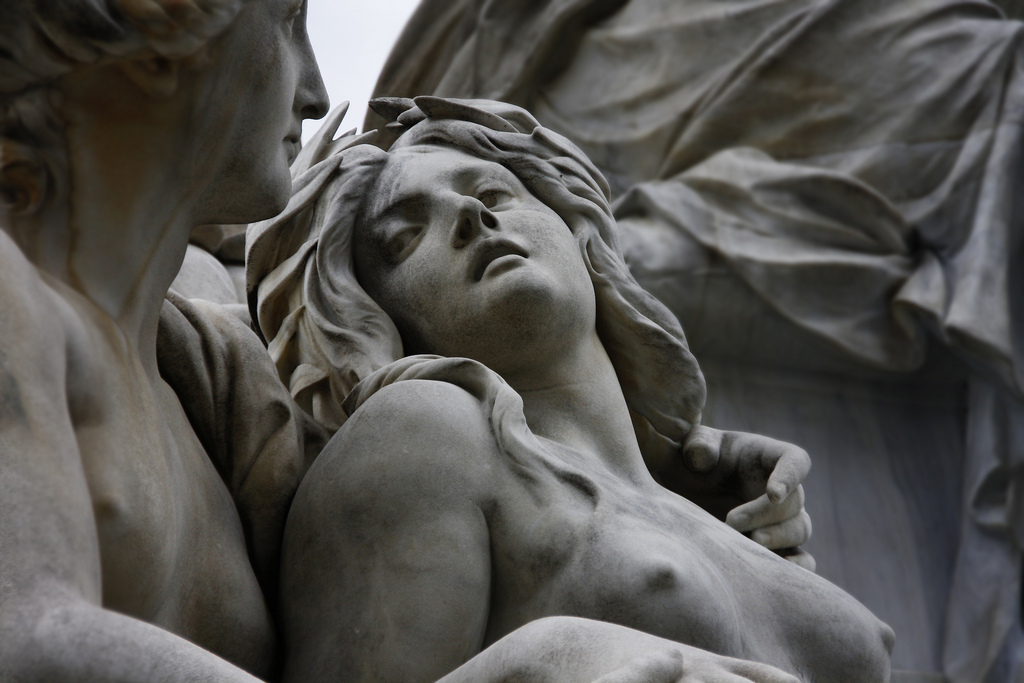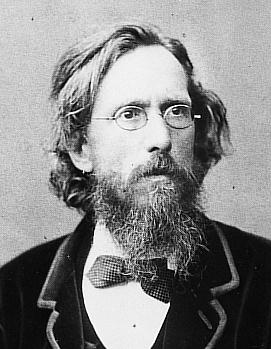Click on the image above to enlarge.
The statue depicted on the cover of Bob Dylan’s forthcoming album Tempest was initially misidentified by fans as Bernini’s Ecstasy Of Saint Theresa, which it somewhat resembles. Details of the faces of the two statues are similar in some ways. In fact it’s one of the statues around the base of the Athena Fountain in front of the Austrian Parliament Building in Vienna. It’s grouped with another female figure and they represent two of the major rivers of the Austrian empire as once constituted, the Elbe and the Moldau. (I’m not sure which is which, but Dylan scholar Alan Fraser reports that other Dylan researchers online say the one depicted on Tempest — the one on the right in the above photograph — represents the Moldau. Reader Wilhelmine advises me that neither river is in Austria proper and that the Moldau flows now only through present-day Czechoslovakia.)
They were carved by Carl Kundmann (above) sometime between 1893 and 1902. They were clearly intended to echo Baroque sculpture, Bernini’s in particular. The figure Dylan used very probably resembled Bernini’s Theresa by intention. It’s a very fine work.



It reads here: “…represent two of the major rivers of Austria, the Elbe and the Moldau.”
This is wrong. Neither the Elbe nor the Moldau are in today’s Austria. The Moldau is a side river to the Elbe which is the German term for ‘Labe’ as it is called in Czeck term and Moldau is the German term for Check ‘Vlatava’.
The Elbe flows through today’s Czeck Republic and today’s Germany, meeting the North Sea north west of Hamburg. The Moldau flows through he Czeck Republic only.
Up to 1919 today’s Czeck Republic was called Bohemia and Moravia (Böhmen und Mähren in German or Czeky y Morava in Czeck), and was a part of the Austrian-Hungarian Empire (also called the K&K Monarchy), but not of Austria itself. After WWI it found independece together with Slovakia as Czeckoslovakia.
Thanks for the clarification, Wilhelmine. So, as this fountain was completed in 1902, those rivers would have been part of the empire as then constituted, and the statues would have referenced the empire’s sway (such as it was) over all its constituent parts, rather than over Austria proper. I have amended my post to reflect this.